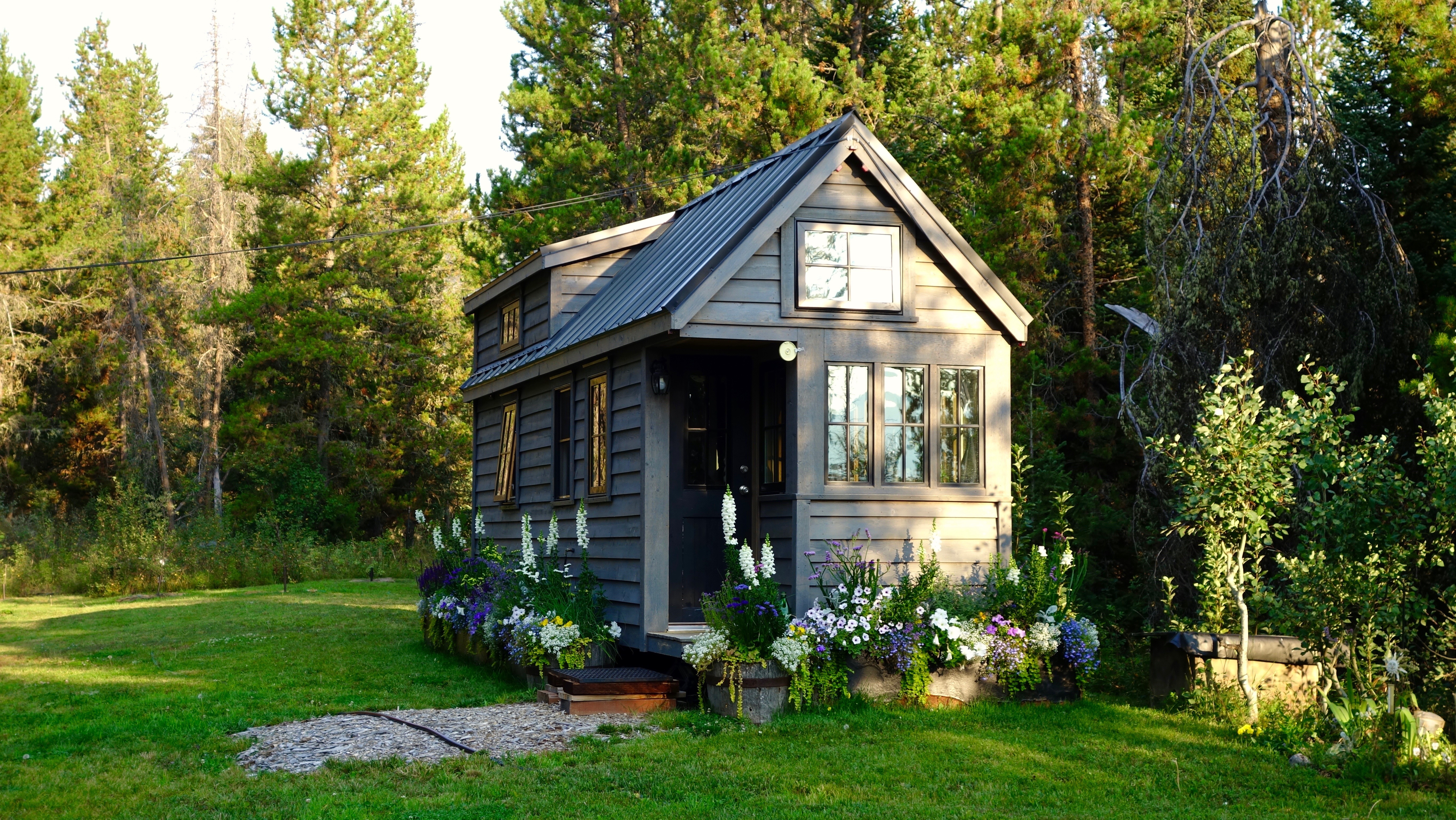Redefining Home: The Tiny House Movement
As urban spaces become more crowded and the cost of living continues to rise, the concept of home is being reimagined by a growing number of people. The tiny house movement, a cultural shift towards simplified and sustainable living, is gaining traction globally. Read below to explore how this trend is reshaping our notions of space, community, and lifestyle.

Historical Context of Housing Trends
For centuries, the size and grandeur of a house have been seen as indicators of wealth and status. In many cultures, homeownership has been a critical milestone, symbolizing stability and success. The post-World War II era, particularly in the United States, saw a boom in suburban development, with families moving into larger homes equipped with modern conveniences. These sprawling suburbs represented the ideal of the American Dream, reflecting prosperity and growth. However, as economies evolve and environmental concerns mount, this dream is being revisited and reshaped.
Rise of the Tiny House Movement
The tiny house movement, which began to gain popularity in the early 2000s, challenges the traditional paradigm of bigger being better. These homes, typically ranging from 100 to 400 square feet, offer a minimalist lifestyle that emphasizes functionality and eco-friendliness. The movement has roots in earlier architectural trends such as the cabin culture of the 19th century and the efficient designs of the early 20th century. Today, the movement finds resonance with those seeking financial freedom, lower environmental impact, and a more intentional way of living.
Cultural and Societal Implications
Tiny houses are more than just a trend in architecture—they represent a cultural shift. For many, they offer a solution to the growing economic pressures of modern life. With housing costs skyrocketing in urban areas, tiny homes provide an affordable alternative that allows individuals to own property without incurring massive debt. This movement also reflects a broader societal trend towards sustainability, as tiny homes require fewer resources to build and maintain, and encourage a lifestyle of minimal consumption.
Community and Connection
Living in a tiny house can reshape how people engage with their communities. Many tiny house owners choose to live in tiny house villages or eco-communities, fostering a sense of connection and shared purpose. These communities often focus on collective sustainability efforts, such as shared gardens and renewable energy solutions, which can strengthen communal bonds. Moreover, the portability of tiny homes allows for a nomadic lifestyle, enabling people to explore diverse communities and cultures without the constraints of a fixed location.
Future of Housing: A Paradigm Shift
The tiny house movement is challenging traditional housing norms and inspiring new forms of urban planning and community design. As cities look for solutions to housing shortages and environmental issues, the principles of tiny living—efficiency, sustainability, and community—are becoming increasingly relevant. This movement encourages a reevaluation of what is necessary for a fulfilling life, promoting values of simplicity and mindfulness. As it continues to grow, the tiny house movement could redefine not only how we live but also our understanding of home and community in the modern world.
In conclusion, the tiny house movement is a fascinating example of how shifting values and economic realities are influencing contemporary lifestyles. By embracing simplicity and sustainability, it offers an innovative response to some of the most pressing challenges of our time. As this movement evolves, it invites us to ponder the essence of home and the possibilities of living more consciously and connectedly.



